How CRISPR Could Make The Last Of Us Become Reality
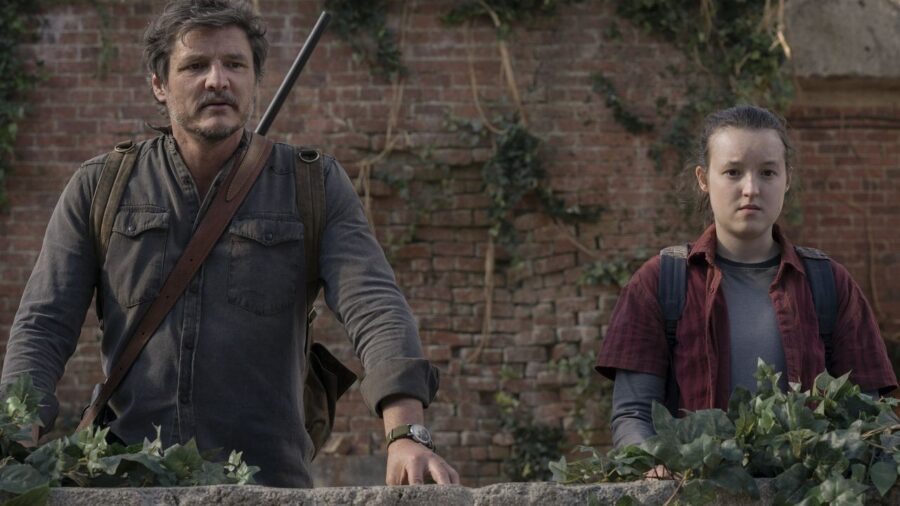
The Last of Us, the celebrated HBO miniseries based on the equally celebrated videogame, was as scary as CRISPR, the gene editing technology, is interesting. Often recognized for its potential to cure diseases, CRISPR-Cas9, as its technical title goes, can also address ecological challenges by controlling invasive species, even eradicating disease vectors like mosquitoes. But this great power introduces subordinate risks; deliberately altering certain populations within ecosystems raises concerns about unforeseen consequences leading to ecological imbalance, even catastrophic domino effects.
CRISPR Is Evolution Nature Never Intended
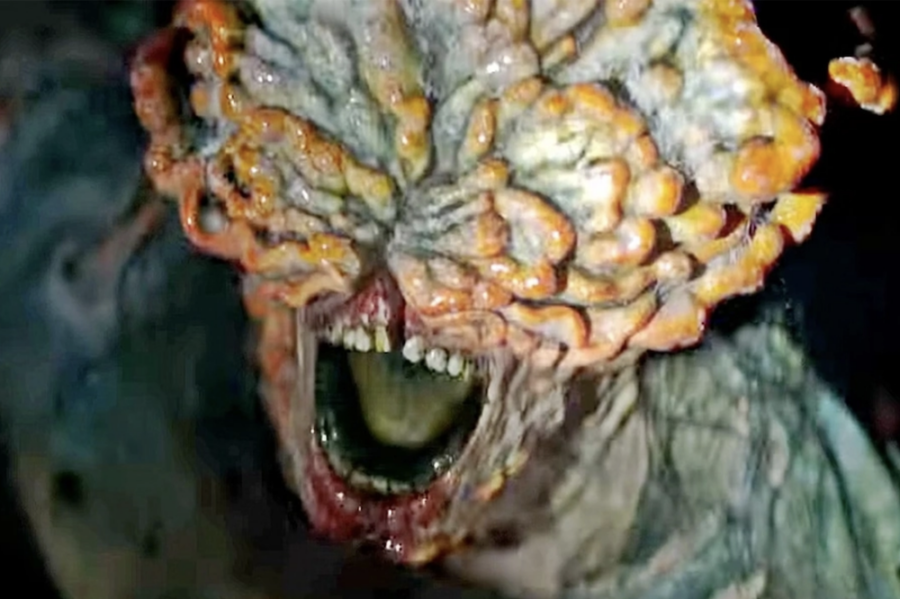
Ecosystems are, after all, infamously intricate networks in which even the smallest organism plays a vital role. Predators, for example, control prey populations; plants offer oxygen and sustenance, while insects pollinate crops. Millennia of evolution honed this delicate balance, an intricacy ensuring the survival and flourishing of biodiversity. Like the horrifically evolved fungus in The Last of Us, though, awful outcomes in the natural world could result from CRISPR’s misuse despite our best intentions.
Once employed, CRISPR’s modification or elimination of specific species would and could disrupt critical relationships in nature, leading to unintended and potentially irreversible harm.
Potential For A Gene-Editing Catastrophe
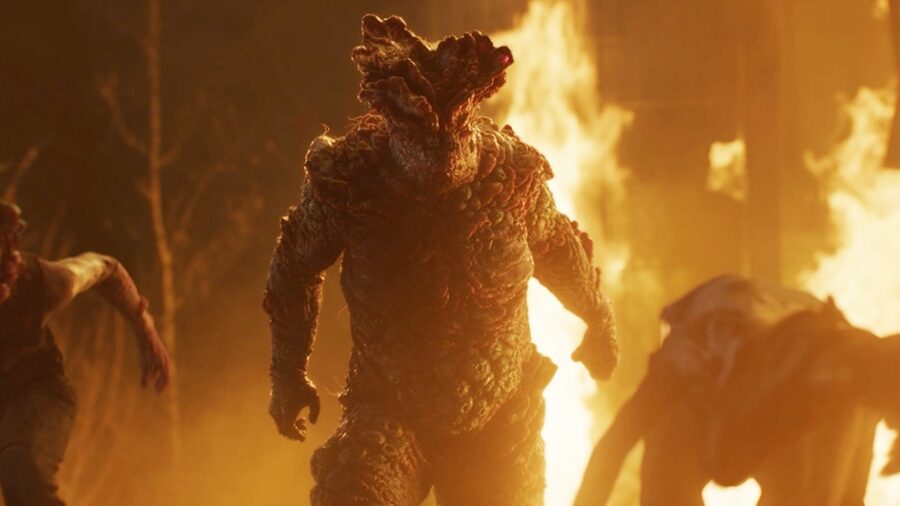
The technology’s prowess—and the source of a potential gene-editing-related catastrophe—has to do with “gene drives.” Generally, gene drives connote a technique promoting the inheritance of a particular gene to up its prevalence in a given population. This is an ability CRISPR provides in spades. Gene drives could theoretically eradicate harmful species or traits, but they could also unintentionally harm otherwise beneficial species, even destroying ecological equilibria.
Would this immediately lead to a zombie apocalypse in the style of The Last of Us, a horror movie scenario wrought by CRISPR? Let’s hope not. But in all seriousness, the extinction of a single species, especially a keystone or foundational species, means a deluge of increasingly impactful effects, all of which can culminate in the collapse of a whole ecosystem.
Starting Small
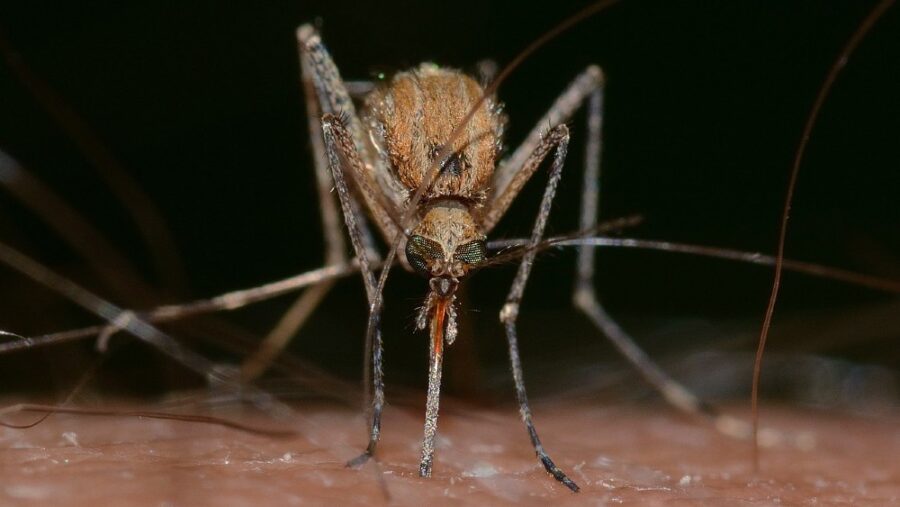
Let’s walk through an example we can all relate to, especially in the summer months: the elimination of mosquitos. While this would certainly make humid August days more enjoyable, it would also go a long way toward combating malaria. But, before energetically approving CRISPR’s directive to nix mosquitos altogether, consider that the pests also function as pollinators and a food source for numerous species.
Mutant Fungus

Simply put, their sudden removal could commence a stark decline of many plant species, starvation of insectivorous animals, and a subsequent drop in biodiversity. In The Last of Us, the cordyceps fungus merely jumps from one form of nutrition to another; CRISPR could induce a similar rearrangement of the food chain simply in the wake of such an ecological upheaval and the subsequent void.
At the very least, this void could be filled by other potentially more harmful species or, just as catastrophically, the emergence of new diseases.
The Ethics Of Science
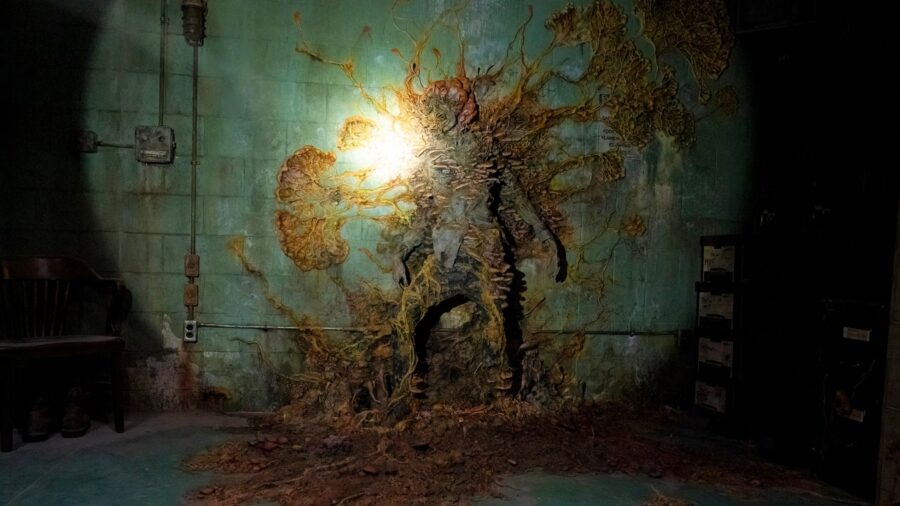
Less dramatically, the abrupt reduction in biodiversity could undo biodiversity, destroying ecosystems. Once kaput, ecosystems could not provide essential services we humans depend on, like carbon sequestration and pollination.
And there would probably end up being unintended beneficiaries, i.e., species suddenly able to overpopulate and assume a newly invasive status (The Last of Us’s cordyceps comes to mind, though both the game and series lacked a man-made cause like CRISPR).
Considering these very real risks, it is paramount to proceed carefully, ethically, and collaboratively when it comes to gene editing.











